

History: the first watch stylists
Major artistic movements broke away from classic Art rules and gave free rein to the imagination of creators from the 1950s and onwards.
The 1950s saw the decline of the Art Deco movement and a return to the classic round shape watch, which watchmakers used to express their art. This change in shape was mostly due to technical and practical requirements such as waterproofness and self-winding. Technicians at heart, watchmakers called upon the expertise of specialists worldwide. We can see this phenomenon both in items of correspondence from that time (Gevhard Duve sketches) and in the multicultural backgrounds of the staff working in the workshops of today’s leading watchmaking companies.
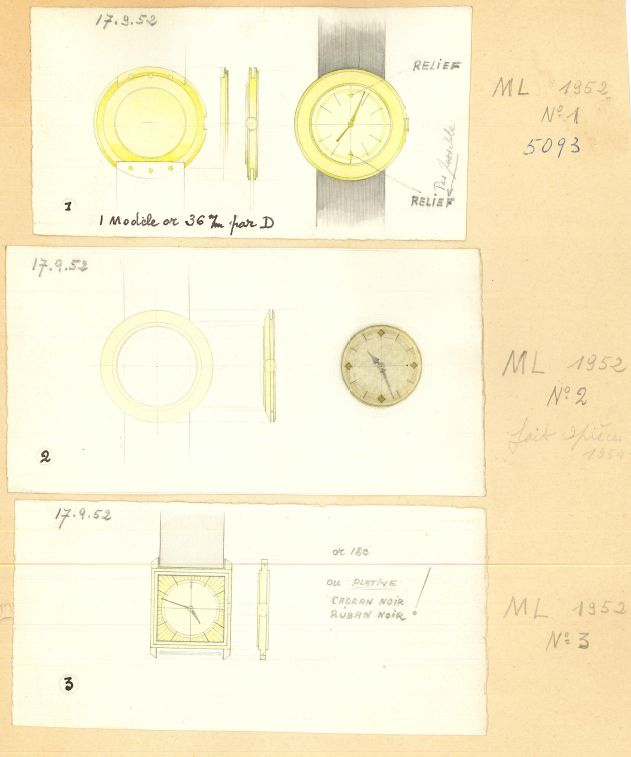
Style watchmaker, a.k.a., “designer”
Gerald Genta was one of the most prolific watch designers of the time. His mentor was Raymond Loewy, the first international designer who designed the logos for Shell and Lu biscuits as well as the Lucky Strike cigarette packets. As Genta favored using gouache in his works, he called himself a watch painter.
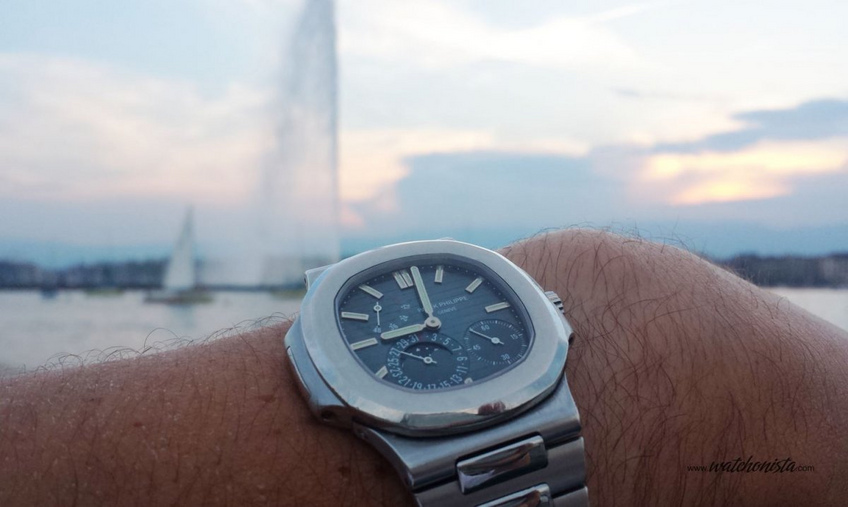
Genta worked for watchmakers worldwide on a wide variety of pieces, from large-scale production of quartz watches to complex unique pieces. He designed fantasy casings for low-price watches such as the Mickey Mouse watch to commemorate the incorporation of Hong Kong into China. He also worked with harmonious mechanisms and created revolutionary concepts such as the Royal Oak and the Nautilus; the latter being the iconic pieces of a brand, a man and a lifesaving mechanical revival of the Swiss watchmaking industry.
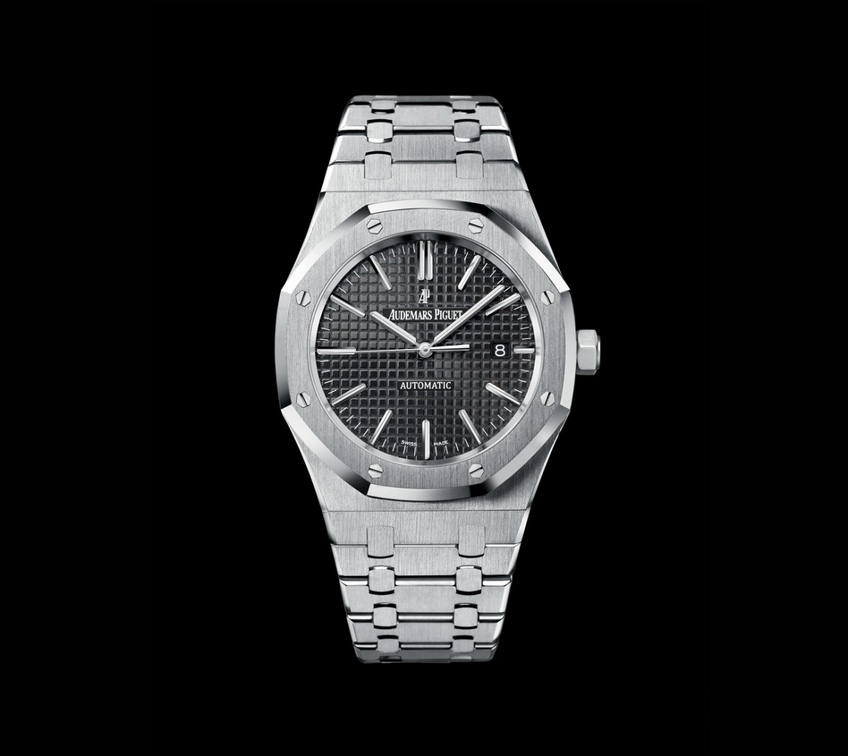
Indeed, ten years after the quartz crisis in the 1970s, mechanical watchmaking found a second wind in the luxury sector and in traditional watchmaking. Gerald Genta was one of the first to accompany this repositioning and created a style suitable for this new commercial orientation. His rough and industrial design corresponded with the Streamline movement of the interwar period and gave value to watchmaking know-how and mechanics.
Designers integrate firms at all levels
Genta himself and several other watch stylists at the time saw design as an integral part of marketing.
However, this did not cast artists aside. On the contrary, they were demanded more and more by the new designer generation who stepped into the breach opened by Genta. This pervading role has enabled the complete reinterpretation of watch architecture from time to time. New uses and different time-reading displays were introduced. Thus, under artistic constraints (in this artistic way), the number 12 could be set anywhere on the dial! This also meant that it was the turn for mechanics to adapt to style and brilliant watch constructors were back in the business to find innovative solutions that met the requirements of aesthetics.
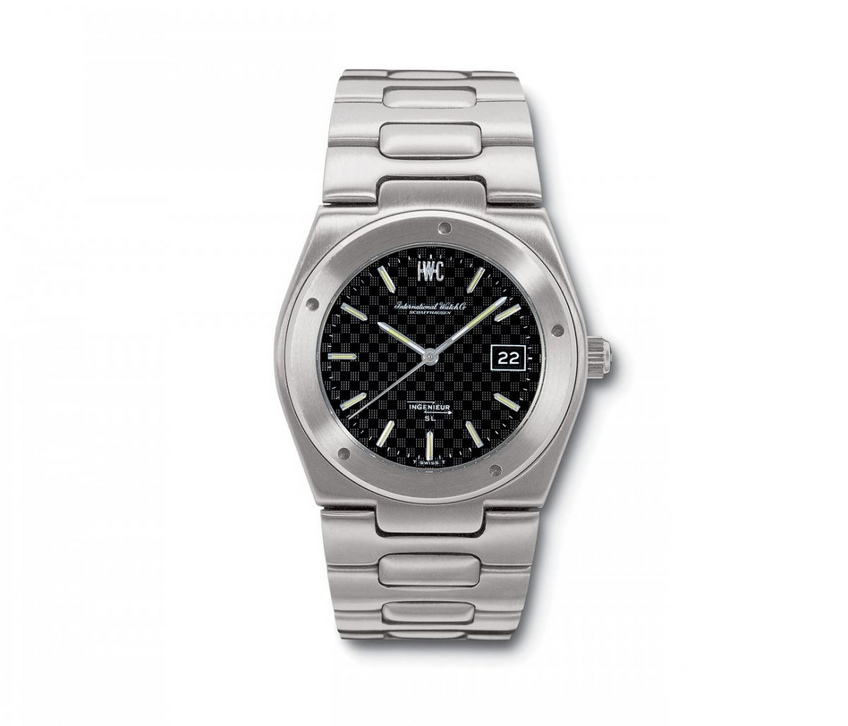
At the time, stylists were freelance workers who sold their designs by the unit to their different clients, including some case design companies. Watchmaking companies gradually came to understand the importance of design in their products. As a result, from the second half of the 20th century, these companies would start to count stylists amongst their staff in order to establish a long-term aesthetic coherence and a visual identity. Thus, Genta and his generation of watch stylists introduced modernism and a new way of seeing watches in a craft where practical function and traditional vision were hard to set aside.
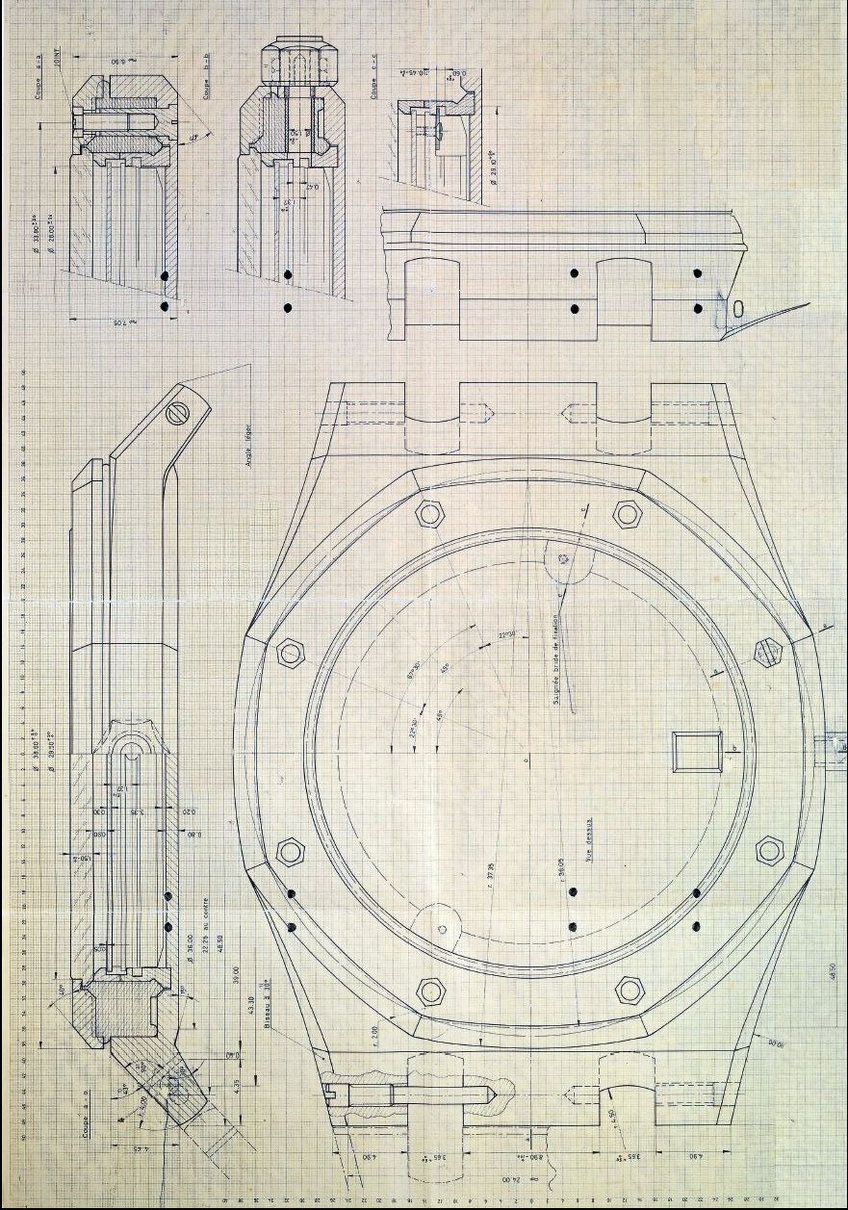
From the influence of trends to integral designing, watch stylists served as bridges between two eras when the perception of aesthetics did not hold the same importance. From the late 20th century, watches were conceptualized based on a specific style and philosophy. This was the real beginning of the watch designer era.
Gérald Genta:
Swiss-Italian Gérald Genta (1931-2011) graduated from the “Haute Ecole d’art et de design” in Geneva with a jewelry diploma in 1951.
He is considered – both by others and himself – to be at the origin of the “watch stylist” craft or what we know today as “designers”. He designed various iconic models for the most prestigious brands. To design the Royal Oak, Gerald Genta drew his inspiration from his childhood in Geneva. From the “Pont de la machine” bridge, he observed divers responsible for the maintenance of the Rhône’s dam put on their diving helmets. He was impressed by how the eight bolts and the rubber seal of the visor protected the life of an individual under water. Rumour has it that Gerald Genta designed this watch in one night only. He paved the way for watch design with his gouaches. He was to watchmaking what Sergio Pininfarina is to automobiles!
Source: "Design-Moi-Une-Montre" temporary exhibition from 29th May 2014 to 30th April 2015, Espace Horloger Vallée de Joux.





